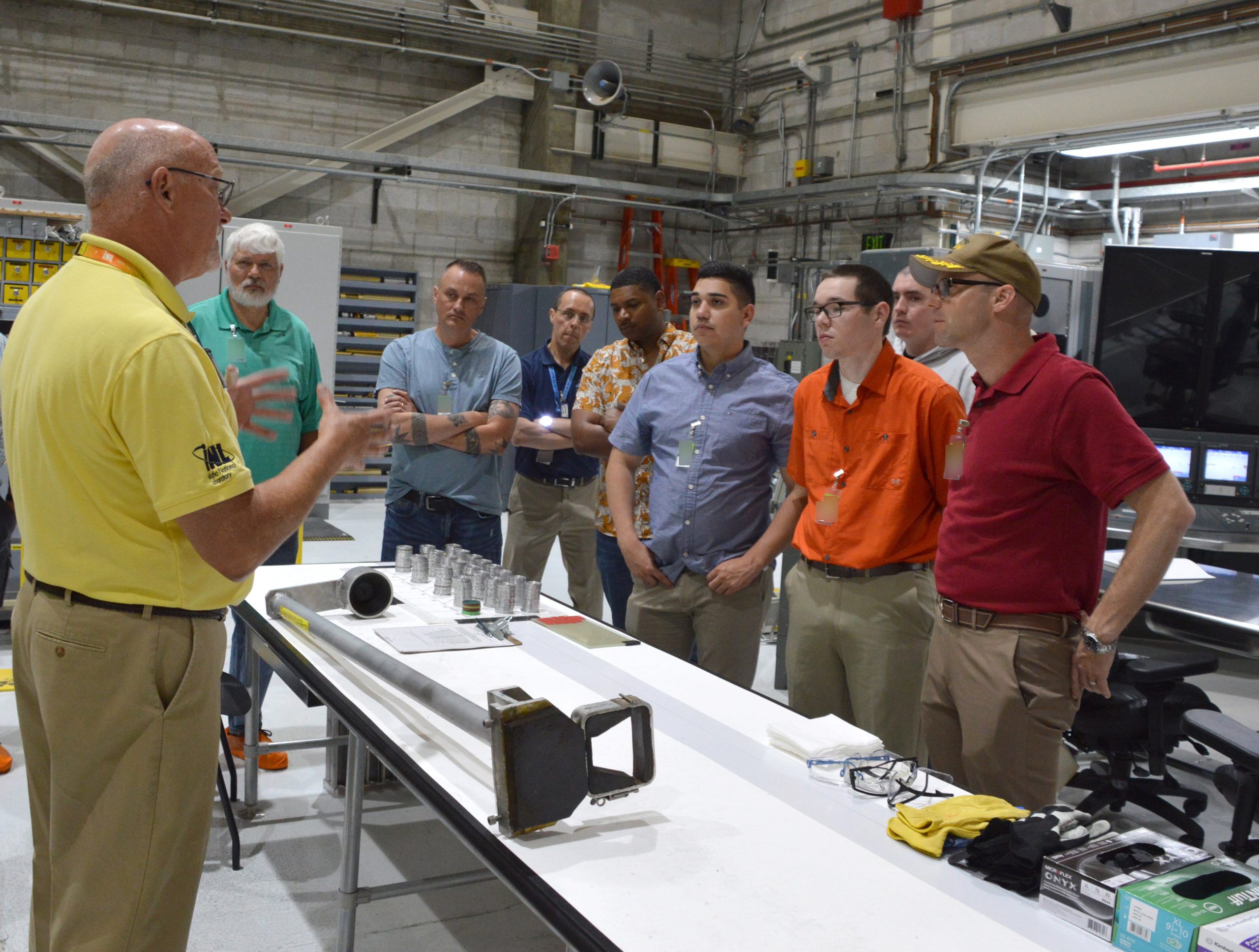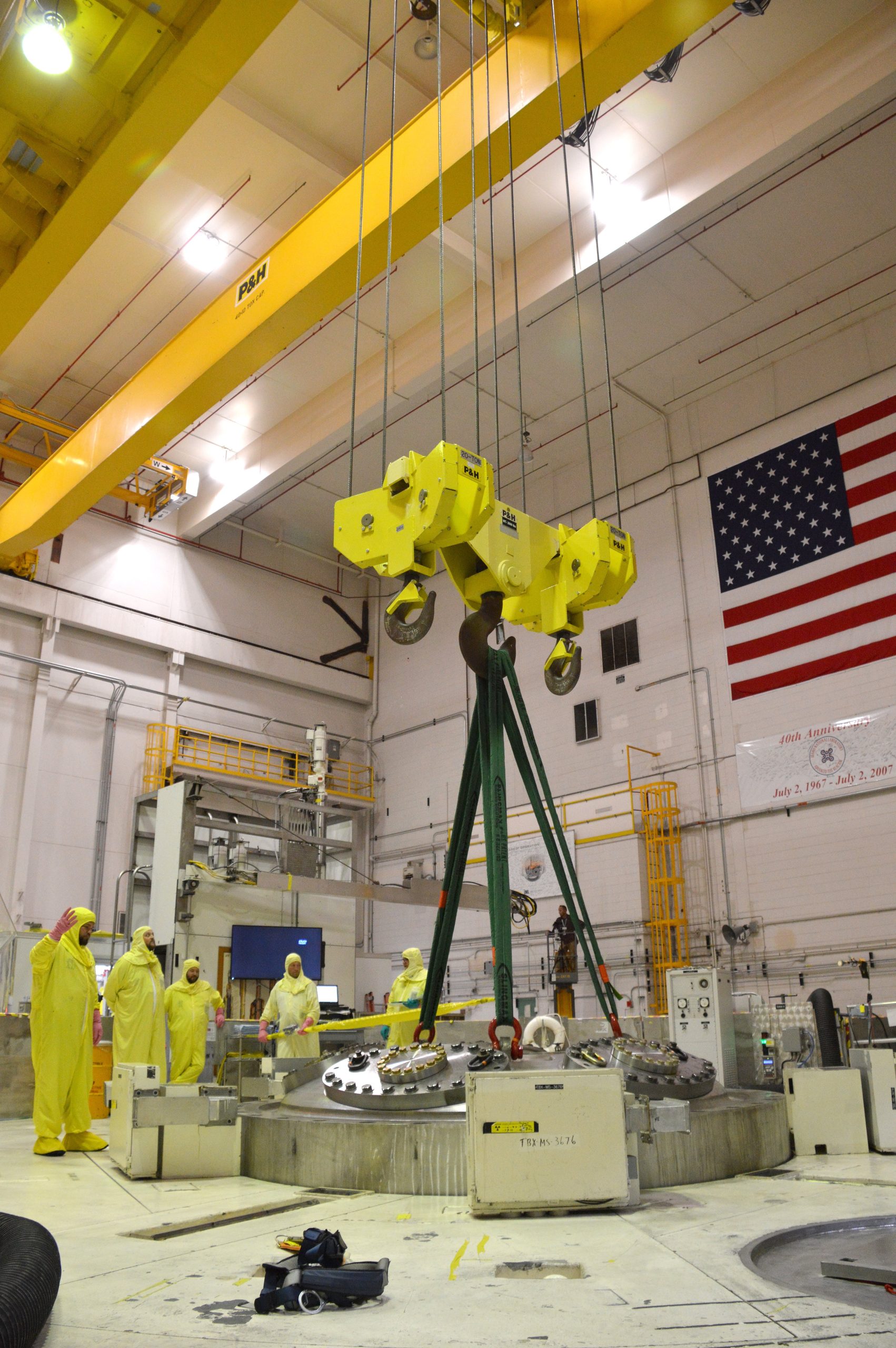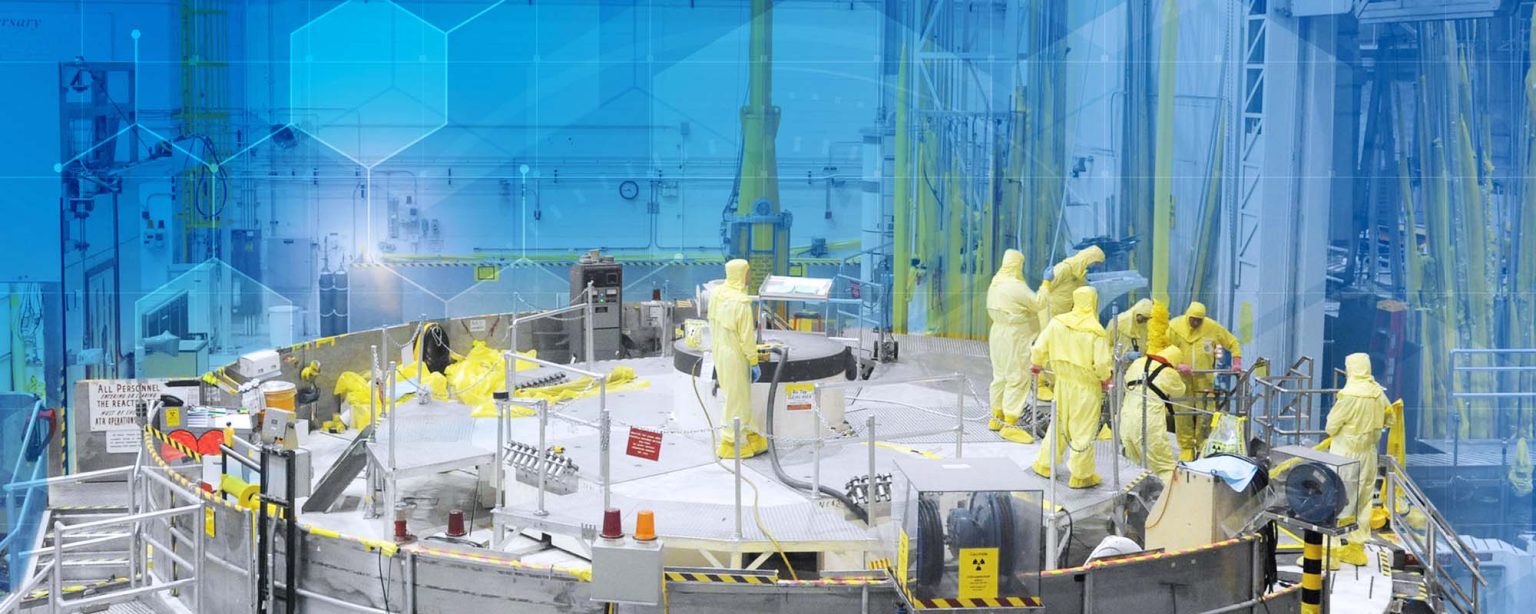It’s been more than 25 years since the U.S. Navy had sailors training on prototype reactors in Idaho, but its ties with Idaho National Laboratory remain strong. Any time a job applicant can mention nuclear Navy experience, managers at INL’s Advanced Test Reactor Complex and Materials & Fuels Complex are eager to hear more.
“I do know they like nuclear engineers, especially nuclear engineers who have been operators. They will hire the Navy nuke,” said Vince Bowen, executive director of the Energy Systems Technology and Education Center (ESTEC) at Idaho State University. (“Navy nuke” is shorthand for someone who has supported reactor operations on a nuclear-powered submarine or ship.)
Bowen served in the nuclear Navy before working at INL for 31 years, 14 of them at ATR. Now, ESTEC has set up a program that gives nuclear Navy veterans a pathway to an associate degree in applied science.
ESTEC offers one basic technical certificate, two intermediate technical certificates and six associate of applied science degrees related to the growing need for engineering technicians in the energy sector. The Nuclear Operations Technology program can be completed in two years, but graduates of the Naval Nuclear Power School can earn the degree by taking a few basic humanities courses. From there, they can submit a plan to the ISU College of Technology, and with some additional credits obtain a bachelor’s in nuclear technology. Besides reactor operations, that can lead to varied careers in project management, criticality safety, medical applications, training and control room operation.

With ATR’s 24/7 operations and the rotating shift work it demands, it can be challenging for the former Navy operators at ATR to get to night or day classes. This situation was slightly better during the scheduling changes that came with the COVID-19 pandemic but designing that kind of flexibility into the ISU and ESTEC programs will be important for the programs’ continued success.
“The training, attitude and skills needed to run ATR make it only natural that we would recruit former Navy reactor operators, and that won’t be changing any time soon,” said Dave Schoonen, ATR chief operating officer. “And of course, Navy operators who join ATR are still supporting our Navy mission.”

For most of ATR’s history, the Naval Nuclear Propulsion Program has been its main customer. Even now, the reactor is used to refine and improve fuel for nuclear submarines and aircraft carriers. In 2008, ATR became a user facility, opening its capabilities to the commercial nuclear industry and academic researchers.
For an example of how a Navy career might translate to INL, one can look at Bowen himself. A native Idahoan, he joined the Navy after high school, eventually serving as a prototype instructor and an electrician aboard the USS Phoenix, a nuclear-powered submarine. After qualifying as an engineering watch supervisor, he left the Navy with the rank of chief petty officer.
At INL, he worked at a variety of locations, including the Specific Manufacturing Capability, the Hot Fuel Examination Facility (post-irradiation examination of nuclear fuel), the Fuel Conditioning Facility (reprocessing spent nuclear fuel), and the Transient Reactor Test Facility (qualifying fuel for Nuclear Regulatory Commission licensing). At ATR, he qualified as a senior reactor operator and shift supervisor.
Programs similar to the one ESTEC is offering exist around the country. Thomas Edison State University in Trenton, N.J., pioneered a program that identified up to 87 credits in course equivalencies that machinist mates, electrician’s mates and electronics technicians could hold by virtue of their Navy experience and training. The program is recognized by the Accreditation Board for Engineering and Technology. Other schools offering similarly accredited programs include Old Dominion University, Excelsior College, and Rensselaer Polytechnic Institute.
ESTEC’s program has generated interest and support, both locally and farther afield. “There’s a lot of need for trained, qualified people,” Bowen said. “We’ve worked very closely with INL and the College of Eastern Idaho. We’ve had a recruiter from Los Alamos National Laboratory come here to interview students.”
Follow us on social media: Twitter, Facebook, Instagram and LinkedIn.







